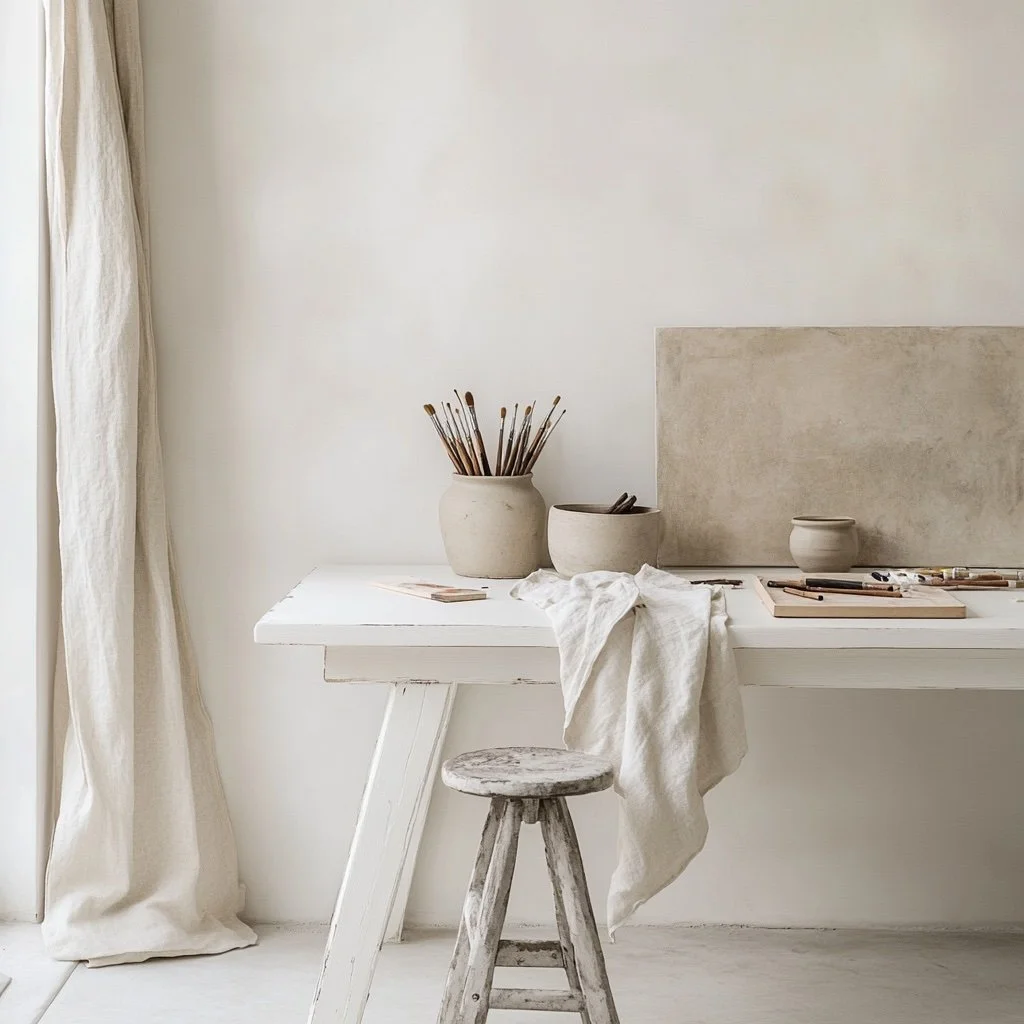The Quiet Kind of Luxury: Intentional Design, Personal Sanctuary
In a world where “luxury” is often equated with logos and the need to impress, I’m drawn to something quieter — more personal. After two decades in the tech world — traveling extensively, staying in beautiful hotels across continents, and absorbing a wide range of design influences — I’ve come to see luxury differently. It’s not loud. It’s intentional. It’s about how a space feels, not how it looks on a feed.
Since launching my interior design studio earlier this year, I’ve had the pleasure of working with thoughtful clients, mostly Gen X professionals and high-achieving couples who share a similar outlook. To them, a luxurious home doesn’t perform. It supports, restores, and reflects who they are.
A Sanctuary, Not a Showroom
True luxury doesn’t shout. It calms.
It’s in the soft give of century-old oak beneath your feet. The hush of a well-insulated room. A chair that naturally fits your frame. The way sunlight travels across a space throughout the day. The faint scent of cedar, sandalwood, and home.
My move from tech to interiors was organic — shaped by countless evenings in serene hotel suites, taking in the local culture in Europe and Asia, and a growing desire to create that same feeling of considered comfort for others. For clients like mine — and like many of my former colleagues — luxury is about creating space to exhale. A home that aligns with their pace, their principles, their version of ease.
Quiet Luxury Has Depth, Not Flash
This isn’t about chasing trends or statement pieces meant to impress.
It’s choosing hand-thrown ceramics over brand-name everything. A color palette inspired by mineral tones and coastal stone rather than seasonal predictions. Working with skilled artisans. Investing in pieces that endure. Understanding where materials come from and why they matter.
Craftsmanship captured in wood, linen, and leather — the quiet beauty of things made with care.
My time in tech sharpened my eye for what’s real vs. what’s simply marketed well. That perspective now serves clients who care more about substance than flash. They want interiors that reflect who they are — not what the world expects.
The Starting Point: Feeling Seen
When I listen deeply, spaces like this emerge — made for who you truly are.



